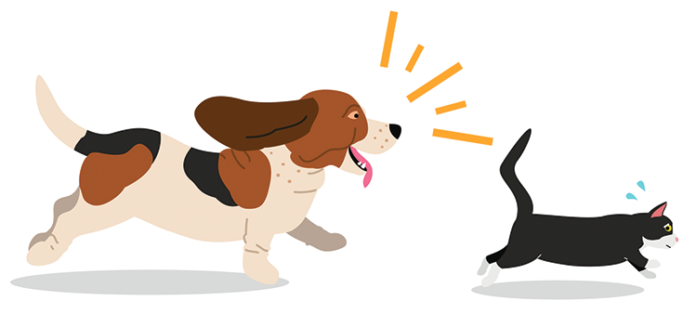Researchers at Colorado State University and Western University in Ontario, Canada, set out to find a way to measure feline cortisol levels over time and evaluate them as an indicator of stress.
Blood, urine, saliva, and stool samples reflect cortisol levels over a period of about 24 hours, but hair and nail clippings can give a picture of a cat’s stress over a longer period of time. In addition, donating hair or nail clippings is less stressful for cats than having a blood or urine sample taken at the veterinary hospital.
Researchers gathered hair and nail clippings from 47 cats and asked owners to fill out an extensive questionnaire that covered possible sources of stress in a cat’s life. The questions included typical feline stressors like how many cats in the household, the presence of other pets, and medical issues.
Initial results showed that hair cortisol concentration was correlated with nail cortisol concentration. However, hair cortisol concentrations varied greatly within each cat, including by body location from where the hair was clipped, type of hair, and portion of hair sampled. Nail clipping results were more consistent and, therefore, more useful.
The study found a significant association between raised hair cortisol concentration and front declawing. With nail cortisol concentrations, significant associations were found in cats with:
- declawed front paws
- unkempt fur
- chronic illness
- litterbox issues
- increased age
Owner-reported stress assessments of cats did not have a significant association with measured hair or nail cortisol concentrations, which may indicate the owners weren’t good at measuring stress in cats.




